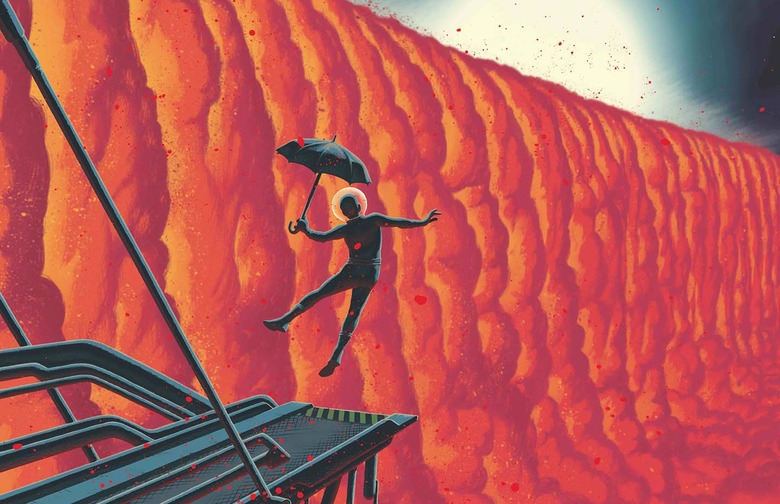Exoplanet With 'Extreme' Ultra-Hot Surface May Rain Iron Droplets
The European Space Observatory's Very Large Telescope has discovered an exoplanet described as having an 'extreme' environment that may include raining iron. Researchers note that at its hottest temperatures, the planet's environment could vaporize metals, which then get carried by the winds into cooler regions, causing them to condense and then rain down as metal droplets.
The dayside of the exoplanet WASP-76b reaches temperatures as high as 4,352F. This extreme temperature is always present on this side of the planet because it is tidally locked with its star, meaning one portion is always in a 'day' state. That side of WASP-76b experiences thousands of times the radiation compared to the Earth, according to the ESO, which reports that the 'night' side of the planet is a much cooler 2700F.

The hot part of WASP-76b features an abundance of iron vapor caused by the extreme temperatures. As the winds, which are described as 'strong,' carry these substances over to night side, they rain down as iron droplets. This was determined by the Echelle SPectrograph for Rocky Exoplanets and Stable Spectroscopic Observations (ESPRESSO) instrument on the Very Large Telescope.
WASP-76b is located in the constellation of Pisces around 640 light-years away from Earth. We don't have any actual images of the planet's surface at this point in time, but the ESO shared two artists' impressions of what the planet may look like, including the fun illustration above with a floating person holding an umbrella.
A new study about these findings has been published in the journal Nature. This is the first time scientists have identified the chemical variations between the exoplanet's day and night sides. WASP-76b respresents one of the many different varieties of exoplanets that have been discovered, some of which are thought to have environments similar to the ones found on Earth.
